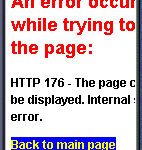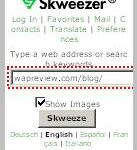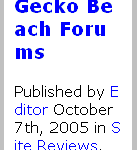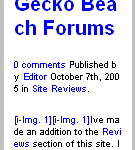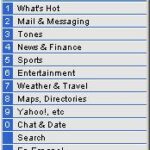Mobile Transcoding Sites Part 4
Parts 1, 2 and 3 of this 4 part post covered four mobile transcoding sites. Back in part 1, I defined mobile transcoding as “an application (usually a web service) which when given a request for any web page, does some sort of on-the-fly edit of the page to make it usable on the small screen of the a mobile device.” In this, the final installment, I look at one more transcoding engine, AOL and try to summarize what I’ve … Continue reading
